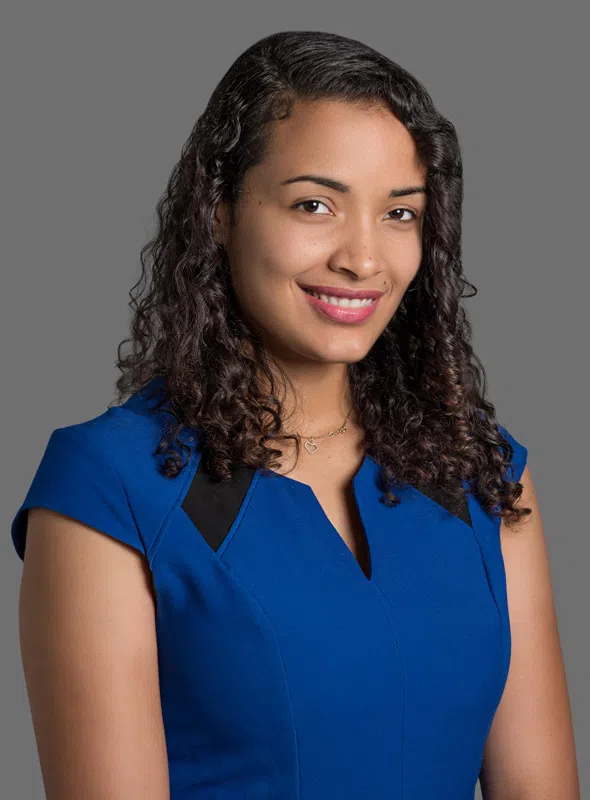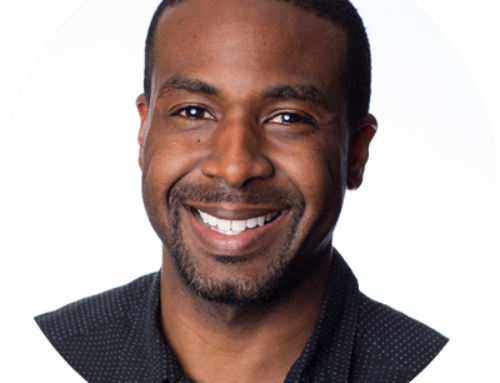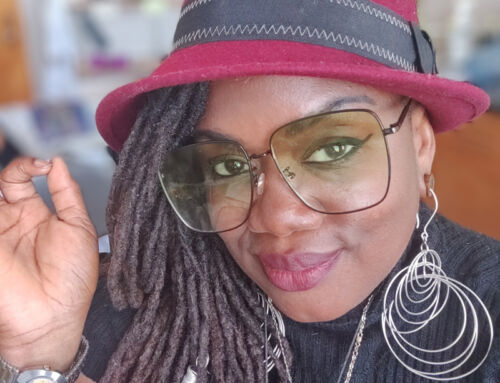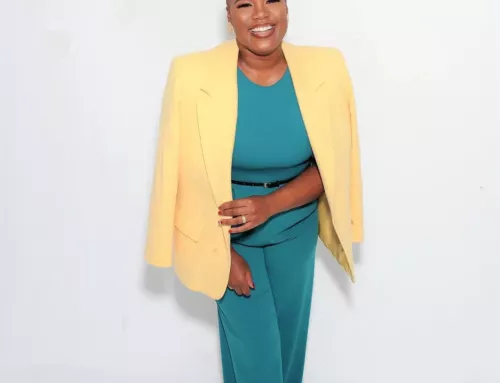
By Lauren Davis
Guest Author
Working with Kidsave to find forever families and lifelong mentors for older kids in foster care has been the opportunity of a lifetime. Kidsave’s advocacy, focused on each individual child, gave me a deeper understanding and appreciation for the undeniable resilience and unique experiences of children shuffled around the system. As a communications leader at the organization for more than four years, I was deeply concerned for the kids who were left languishing the longest, kids who are a part of my community and look like my family. These were Black children facing the real likelihood of aging out alone with incredible odds stacked against them.
As we worked to recruit families for these children with targeted ads and outreach, I began to understand the dilemma many in the child welfare system had been grappling with for many years. There wasn’t a consistent pathway for people in the Black Community to reach the Black kids in our organization. We began to ask ourselves questions: Were we sending the right message? Were we missing the right audience? Were we recruiting in the wrong places?
In my own circles, I began to communicate with a sense of urgency, expressing how so many Black children want, need, and deserve to find a permanent place to call home. My circles all responded with genuine concern and a desire to help. I realized that beyond targeted outreach, more questions needed to be answered. We needed concerted efforts, more community partners, a louder message, a clearer understanding of the barriers, and for legislative and policy change. To increase the odds of children leaving the foster care system and entering a family with a similar cultural background, we could not continue with the status quo.
From what we know already, the facts remain: Black children are overrepresented in foster care, and Black foster and adoptive parents are underrepresented. In 2020, Black children represented 14% of the total child population but 22% of all kids in foster care, compared to White youth, who represent 50% of the nation’s child population and 44% of its foster care population.
Research suggests systemic racism continues to contribute, but there is limited research on barriers preventing Black family participation in mentoring, fostering, and adopting. Research also indicates a benefit to placing youth in foster care with families who share their race and cultural identity to ensure their unique needs are met, which is essential to their well-being and helps to alleviate their trauma. To tackle this issue, we must better understand it, and Kidsave dreamed up a project like no other: the EMBRACE Project. EMBRACE stands for Expanding Meaningful Black Relationships And Creating Equity.
There are many perceived and actual barriers to creating meaningful connections with Black youth in foster care. The EMBRACE Project aims to identify these barriers through a national study in partnership with the Gallup Center on Black Voices. We anticipate that the study results will elevate this conversation within the Black community to a national level and remedy public policies that prohibit Black family involvement or that don’t help Black families stay together and further perpetuate this issue. The national study aims to reduce the disproportionate numbers of Black youth in foster care by creating research-backed policies and targeting communications to recruit diverse and/or culturally competent families.
I believe thoughtful, purposeful advocacy paired with peer-to-peer communication will be vital in recruiting these families. Kidsave has had great success placing older youth because of word-of-mouth testimonials, people who discovered the need and talked about it with friends. And in the Black Community and beyond, a feeling of trust and shared experience goes a long way. That’s just the first step. Once people meet and get to know these kids, it becomes all too real how desperate this need is.
I have met many older kids who truly desire stability, love, comfort, and acceptance for who they are. It’s all too clear they need champions, people to help them find their place. And belonging comes in different forms. Kidsave’s Family Visit Model demonstrates you don’t have to adopt a child to make a difference in their lives. Helping a child find the family they’re looking for, helping them achieve their goals, or being their support system doesn’t always look like traditional adoption. And that’s something that makes the model unique and successful. Kids who meet and get to know families organically get to decide who they would like to create meaningful connections with and help determine what that relationship looks like. This model has been a game changer for so many kids by supporting the hardest-to-place kids by allowing them to cultivate organic relationships with mentors and families.
As we continue to unpack the issues and discover more solutions, may we all remember we have a role to play. Kidsave can’t do this alone. Join us in supporting kids during National Foster Care Month by taking action, whether posting, sharing, elevating, sending a text message, going to an event, or requesting more information. Take a stand to help reduce the number of children in foster care.
- If you’re interested in getting to know a child, visit the National Foster Care & Adoption Directory Search.
- Write your local lawmaker to express the urgency of creating programs to help more foster kids languishing in care.
- Advocate, support, volunteer, repeat.
- Write to or tweet reporters and your newspaper’s editorial board and urge them to highlight foster parent profiles and the need for more parents for kids in foster care.
I will continue to advocate for Black families who are interested in adopting and also for Black kids who need families, and I can only hope you will join us in this fight to drastically reduce the number of Black youth in foster care by expanding meaningful Black relationships and creating equity through the EMBRACE Project.



